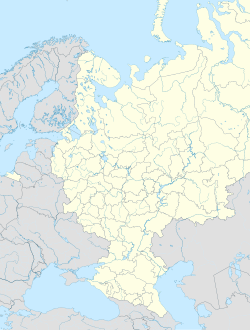Sortavala – the town where the Kalevala started
Well. it wasn’t really made here, as the Kalevala – the book of legends of the Finn people – is the result of the collection of popular tales that were told/sung in the villages by the bards, who accompanied it with a kind of cithera, the kantele.
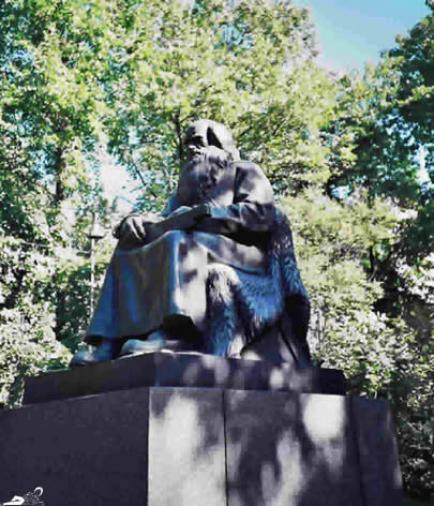
But though Sortavala generally isn’t linked too much with the creation of the Kalevala, its author, Elias Lönnrot who collected these legends and edited them as the ’Kalevala’, started his collection trips into Karelia from Sortavala where a friend of him lived, being the parish priest, who supported and encouraged his research in Finnish popular culture.
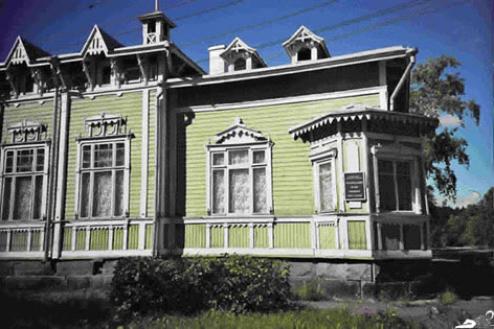
Sortavala is one of the main towns of Karelia which the Finns consider the true cradle of their popular culture, among other reasons for the fact that Karelia has less than the other parts of Finland been exposed to Swedish dominion and assimilation.
Only a small part of Karelia is in Finland, in the Southeast, with the towns of Joensuu and Lappeenrantta. The larger part of Karelia is in Russia.

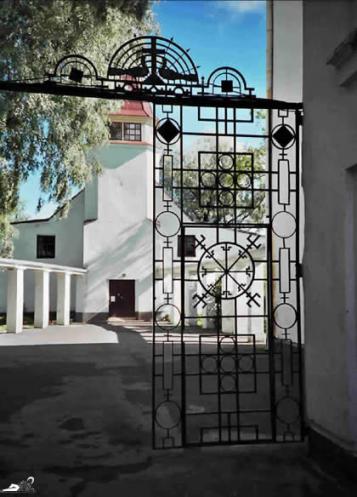
Sortavala is a fine specimen of Scandinavian art noveau architecture.
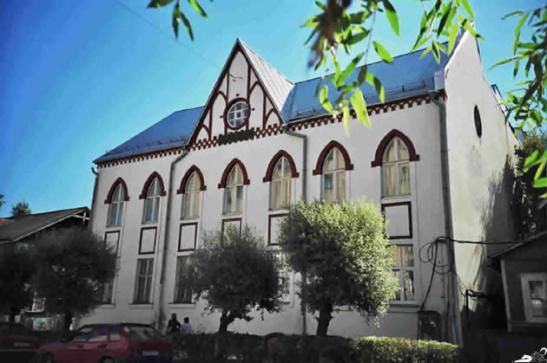
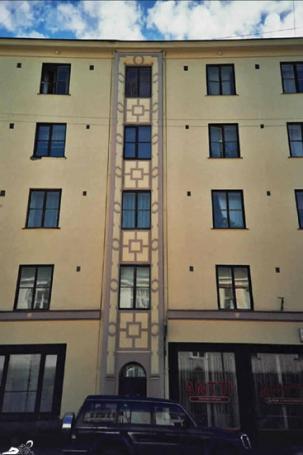
Sortavala, though, was founded by the Swedes around 1640 on the shores of Lake Ladoga. When Sweden lost this territory to Russia as a result of the Northern War in 1721 the town’s name was changed to Serdobol. After Finland became independent it became part of Finland and was renamed to Sortavala.
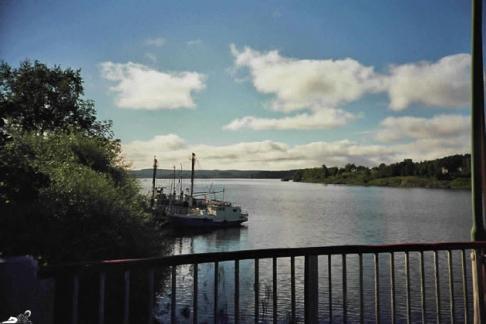
Sortavala belonged to Finland till the ’Winter War’ of 1939. The Winter War, aimed at recapturing Finland on the eve of World War II to a certain extent was a disaster for the Soviet Union as it lost far more soldiers than the Finns and was not able to conquer Finland. Still, as a result Finland in spring of 1940 had to cede Eastern Karelia, including Sortavala that had been bombed heavily in the winter of 1939. Most of its inhabitants left then and went to the remaining parts of Finland.
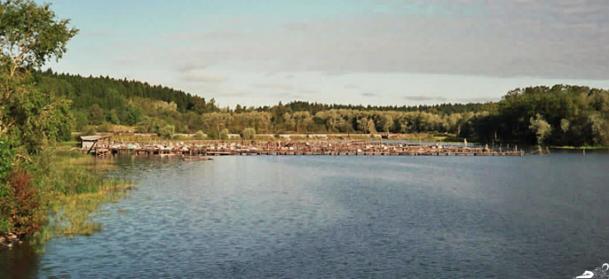
In the ’Continuation War’ of 1941 Finland sided with Germany and invaded Soviet Union, allegedly to recuperate the lost territories of Karelia. But then it pressed on and even took Petrozavodsk which had never been Finnish. The Finnish invasion proved a serious threat to Soviet Union, and endangered the anyhow difficult supply of besieged Leningrad.
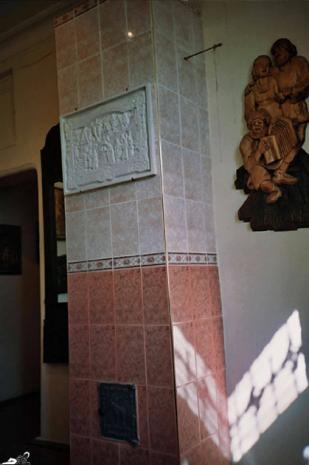
In 1944 the Germans were defeated on Soviet territory and Soviet troops conquered Vyborg, threatening to occupy all of Finland. In September 1944 an armistice was signed whose conditions were enforced in a peace treaty in Paris 1947. Finland again had to hand over Eastern Karelia, including Sortavala.
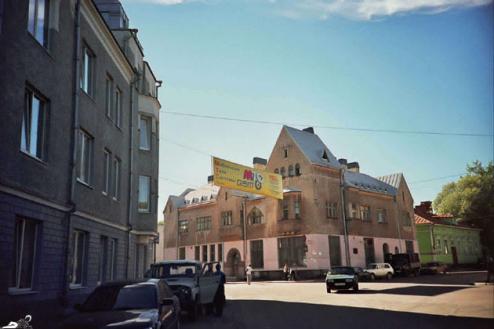
Art in Sortavala

Stadt
| |||||||||||||||||||||||||||||||||||||||||||
| |||||||||||||||||||||||||||||||||||||||||||
| |||||||||||||||||||||||||||||||||||||||||||
| Liste der Städte in Russland | |||||||||||||||||||||||||||||||||||||||||||
Sortawala (bis 1918 Serdobol; russisch Сортавала, Сердоболь, finnisch Sortavala, schwedisch Sordavala) ist eine Stadt in der Republik Karelien in Russland. Sie liegt am Nordufer des Ladogasees und hat 19.235 Einwohner (Stand 14. Oktober 2010).[1]
Inhaltsverzeichnis
Geschichte
[Bearbeiten | Quelltext bearbeiten]Die Stadt Sortawala wurde als Serdobol im Gebiet der Wotskaja Pjatina (russisch: вотская пятина, deutsch: Wattlande) der Republik Nowgorod begründet. Der ursprüngliche Name von der Stadt Serdobol stammt vom nordrussischen Wort serdobol'nik (russisch: сердобольник), was auf Deutsch Wein-Rose bedeutet. Die Stadt wurde erstmals in schwedischen Schriftstücken um 1468 erwähnt. Diese Stadt spielte eine wichtige Rolle in mittelalterlichen Schwedisch-Nowgorodischen Kriegen. Das Stadtrecht erhielt Serdobol schon als Sordavala im Kexholms län im Jahr 1632 vom Königreich Schweden. Seit 1721 nach dem Ende des Großen Nordischen Krieges gehörte die Stadt als Serdobol erneut zu Russland. Vom Anfang des 19. Jahrhunderts bis 1917 gehörte die Stadt als Serdobol zum Großfürstentum Finnland im Russischen Kaiserreich und ab 1918 als Sortavala zum unabhängigen Finnland, ehe sie nach dem Zweiten Weltkrieg erneut an Russland abgetreten wurde.
Der Serdobol-Granit, der in der Umgebung nördlich des Ladogasees abgebaut wurde, war zu Zeiten des Russischen Kaiserreiches berühmt, beispielsweise wurden die Atlanten des Portikus der Neuen Eremitage in Sankt Petersburg daraus gefertigt.
Sortawala hat eine Anlegestelle am Ladogasee, von der aus Schiffe Touristen und Pilger zur Walaam-Insel bringen.
-
Der Ladogasee bei Sortowala
-
Holzhäuser in Sortawala
Bevölkerungsentwicklung
[Bearbeiten | Quelltext bearbeiten]| Jahr | Einwohner |
|---|---|
| 1897 | 01.600 |
| 1939 | 04.710 |
| 1959 | 17.611 |
| 1970 | 22.188 |
| 1979 | 21.618 |
| 1989 | 22.579 |
| 2002 | 21.131 |
| 2010 | 19.235 |
Anmerkung: Volkszählungsdaten
Söhne und Töchter der Stadt
[Bearbeiten | Quelltext bearbeiten]- Nicholas Roerich (1874–1947), russischer Maler, Schriftsteller, Archäologe
- Väinö Raitio (1891–1945), finnischer Komponist
- Yrjö Kokko (1903–1977), finnischer Schriftsteller
- Olli Hakka (1916–1989), finnischer Jagdflieger im Zweiten Weltkrieg
- Arvo Oksala (1920–1993), finnischer Augenarzt
- Eila Kivikk’aho (1921–2004), finnische Dichterin und Übersetzerin
- Eila Hiltunen (1922–2003), finnische Bildhauerin
- Tauno Rinkinen (1924–1993), finnischer Boxer[2]
- Toivo Jaatinen (1926–2017), finnischer Bildhauer
- Tuomo Tuormaa (1926–2010), finnischer Kanute[3]
- Simo Kuismanen (1932–2015), finnischer Kanute[4]
- Oili Tanninen (* 1933), finnische Illustratorin
- Heino Pulli (1938–2015), finnischer Eishockeyspieler[5]
- Walentin Chekmassow (* 1940), russischer Künstler
- Wladimir Peretruchin (* 1940), russischer Chemiker
- Pjotr Kowalenko (1942–1993), russischer Skispringer
- Seppo Reijonen (* 1944), finnisch-schwedischer Skispringer und Skisprungtrainer
- Alexander Beljakow (* 1945), russischer Politiker
- Anatoli Panfilow (* 1951), russischer Politiker
- Juri Iwanow (* 1952), russischer Skispringer
- Juri Kalinin (* 1953), russischer Skispringer
- Waleri Kopajew (1954–1979), russischer Nordischer Kombinierer[6]
- Sergei Chlebnikow (1955–1999), russischer Eisschnellläufer
- Nikolai Aksjonow (* 1970), russischer Ruderer
- Wladislaw Rjabzew (* 1987), russischer Ruderer
Einzelnachweise
[Bearbeiten | Quelltext bearbeiten]- ↑ a b Itogi Vserossijskoj perepisi naselenija 2010 goda. Tom 1. Čislennostʹ i razmeščenie naselenija (Ergebnisse der allrussischen Volkszählung 2010. Band 1. Anzahl und Verteilung der Bevölkerung). Tabellen 5, S. 12–209; 11, S. 312–979 (Download von der Website des Föderalen Dienstes für staatliche Statistik der Russischen Föderation)
- ↑ Tauno Rinkinen in der Datenbank von Sports-Reference (englisch; archiviert vom Original)
- ↑ Tuomo Tuormaa in der Datenbank von Sports-Reference (englisch; archiviert vom Original)
- ↑ Simo Kuismanen in der Datenbank von Sports-Reference (englisch; archiviert vom Original)
- ↑ Heino Pulli in der Datenbank von Sports-Reference (englisch; archiviert vom Original)
- ↑ Valery Kopayev in der Datenbank von Sports-Reference (englisch; archiviert vom Original)
Weblinks
[Bearbeiten | Quelltext bearbeiten]- Inoffizielle Website (russisch)
- Website der Rajonverwaltung (russisch)
- Sortawala auf mojgorod.ru (russisch)





